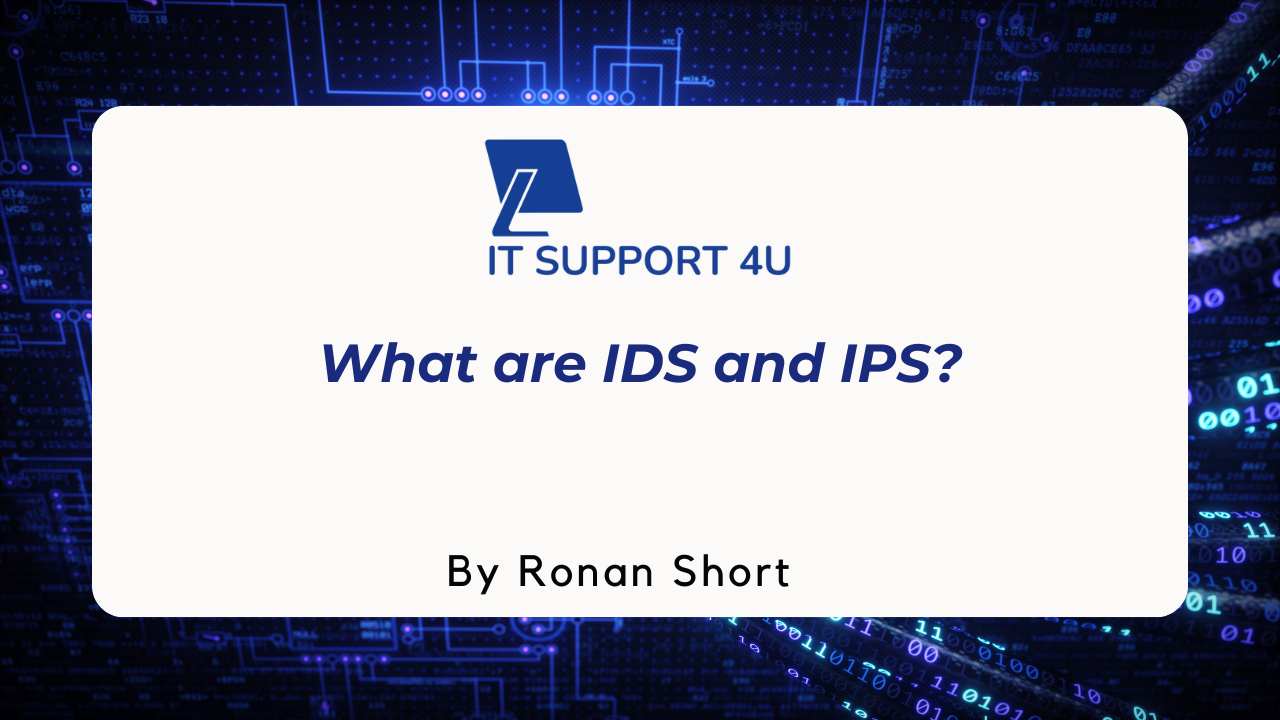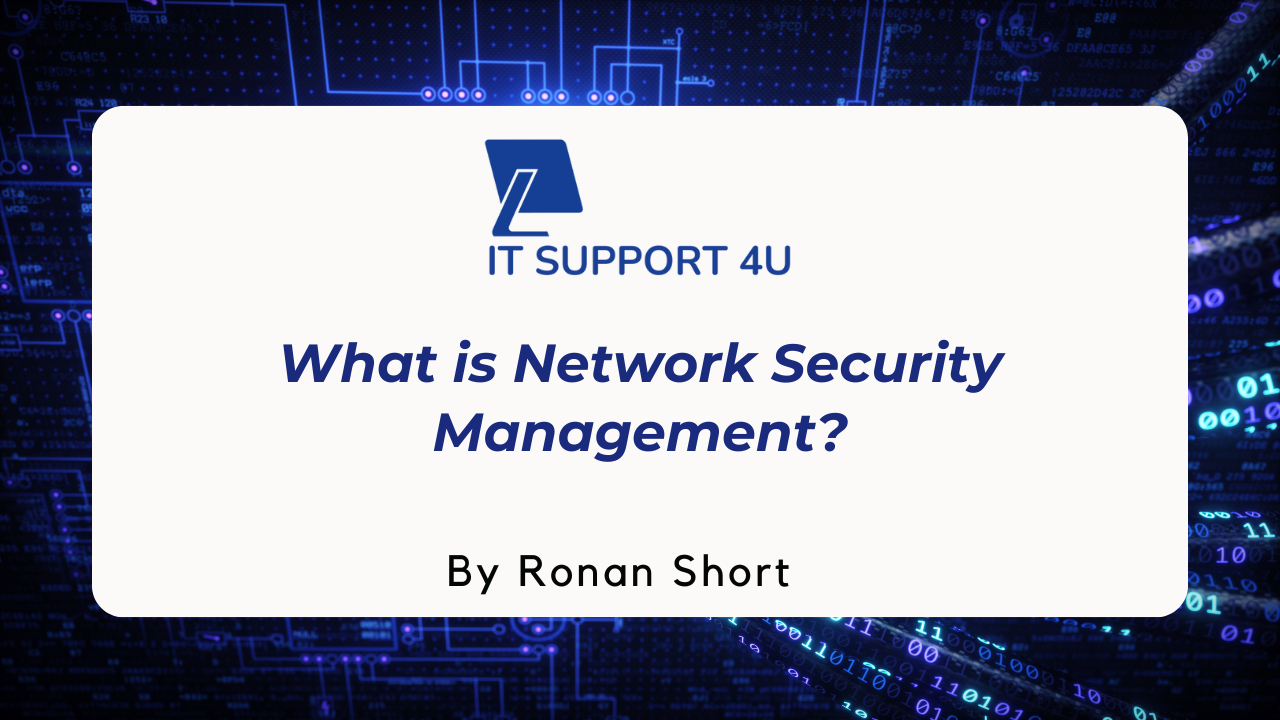Want to take control of how your business operates but are not sure where to start? You're not alone; it's a challenge many Irish business owners face. Having a solid grip on the key elements of IT infrastructure—hardware, software, and networking can be crucial to improve operations.
So, read this blog post so we can give you a clear understanding of these three components contributing greatly to an efficient and high-performing enterprise. So, let's get started!
Key Takeaways
- Hardware is one of the main areas of IT infrastructure and includes physical components such as servers, desktop PCs, routers, switches, and storage devices.
- Software is another critical component of IT infrastructure and encompasses applications, operating systems, and programming languages used to support hardware functionality.
- Networking is a vital area of IT infrastructure that enables communication and data transfer between devices through routers, switches, and cables.
What is IT Infrastructure?
IT Infrastructure refers to the combination of hardware, software, and networking components that enable the smooth operation of IT systems within an organisation.
Definition
IT infrastructure comprises the fundamental technology components that actively support and enable an organisation's computing requirements. At its core sit three primary areas: hardware, software, and network.
Hardware refers to physical elements such as servers, desktop PCs, routers, switches, and storage devices. Software encompasses applications we use daily, like operating systems and programming languages.
Lastly, the networking component brings together all technological devices by facilitating communication through data transfer processes utilising routers, switches, and cables.
Components
IT infrastructure consists of various components that work together to support an organization's technology systems and applications. These components include:
- Hardware: This refers to the physical equipment used in IT infrastructure, such as servers, desktop PCs, routers, switches, and storage devices. These hardware components provide the computing power and storage capacity necessary for running applications and storing data.
- Software: The software component includes the applications, operating systems, and programming languages used in IT infrastructure. This software enables users to perform tasks and interact with the hardware to access information and resources.
- Networking: The networking component involves the infrastructure that enables communication and data transfer between devices. It includes routers, switches, cables, and other network resources that connect different parts of the IT infrastructure together.
Types of IT Infrastructure
IT infrastructure can be categorised into different types based on its components and deployment models. Here are some common types of IT infrastructure:
- On-premises infrastructure: This type of IT infrastructure is located within an organization's physical premises. It includes servers, networking equipment, storage devices, and other hardware components that are owned and maintained by the organization.
- Cloud infrastructure: Cloud infrastructure utilises remote servers and networks to store, manage, and process data. It provides scalability, flexibility, and cost efficiency as organisations can access resources on-demand without having to invest in physical infrastructure.
- Hybrid infrastructure: As the name suggests, hybrid infrastructure combines elements of both cloud and on-premises infrastructure. Organisations can leverage the benefits of both approaches by hosting some applications and data on the cloud while keeping others on their own premises.
- Data centre infrastructure: This subset of IT infrastructure includes the physical space, power, cooling, and security measures required for housing servers and other equipment. Data centres are crucial for organisations that handle large amounts of data or require high-performance computing capabilities.
- Software-defined infrastructure: In software-defined infrastructure, the management and control of hardware resources are handled through software rather than manual configuration. This allows for more flexibility in managing IT resources and automating tasks.
- Edge computing infrastructure: Edge computing involves processing data closer to where it is generated, reducing latency and improving real-time decision-making capabilities. Edge computing infrastructure includes devices such as routers, gateways, and edge servers that enable computation at the network edge.
Benefits of IT Infrastructure
IT infrastructure brings a variety of benefits, including improved efficiency, enhanced productivity, and greater resilience.
Improved efficiency
Improving efficiency is a key benefit of having a strong IT infrastructure. With the right hardware, software, and network components in place, your business can operate more smoothly and effectively.
For example, by investing in high-performance servers and workstations, you can ensure that tasks are completed quickly and efficiently. Utilising software applications that streamline processes and automate repetitive tasks can also save time and improve productivity.
Additionally, having a reliable network infrastructure enables faster data transfer and communication between devices, enhancing overall efficiency in sharing information and collaborating with colleagues or clients.
Enhanced productivity
Enhanced productivity is one of the key benefits of having a well-structured IT infrastructure. With the right hardware, software, and network in place, businesses can streamline their operations and improve efficiency.
For example, using powerful servers and workstations enables employees to process data quickly and complete tasks more efficiently. Additionally, robust software applications provide tools for project management, communication, and collaboration that can help teams work together seamlessly.
The network component allows for fast data transfer between devices, ensuring smooth communication and access to necessary resources. By investing in an enhanced IT infrastructure, Irish business owners can empower their employees with the technology they need to maximise productivity and drive success.
Improved resilience
Improving resilience is a crucial aspect of IT infrastructure. It ensures that your systems and applications are able to withstand potential disruptions, such as power outages or cyberattacks, and quickly recover if any issues arise.
With robust resilience measures in place, you can minimise downtime and keep your business operations running smoothly. This involves implementing backup solutions to protect your data, regularly updating security protocols to guard against threats, and conducting disaster recovery drills to test the effectiveness of your plans.
By prioritising improved resilience in your IT infrastructure, you ensure the continuity of your business even in challenging circumstances.
Three Main Areas of IT Infrastructure
The three main areas of IT infrastructure are hardware, software, and networking. These vital components enable the smooth operation of an organisation's technology systems. Read on to learn more about each area.
Hardware
Hardware is one of the three main areas of IT infrastructure. It includes physical components such as servers, desktop PCs, routers, switches, and storage devices. These elements are essential for running and supporting various software applications and networking capabilities within an organization's IT environment.
Hardware plays a crucial role in providing the necessary computing power, storage capacity, and connectivity to ensure smooth operations and efficient data management. Proper hardware infrastructure is important for businesses as it enables them to effectively store and process information while maintaining reliable communication between devices.
Whether it's a server room or a workstation on an employee's desk, hardware components form the backbone of any IT system.
Software
Software is another critical component of the IT infrastructure. It refers to the applications, operating systems, and programming languages that are used to support and enhance the functionality of hardware.
Software plays a key role in enabling various tasks and processes within an organization's technology systems. It includes everything from productivity software like word processing and spreadsheet applications to specialised tools for data management, customer relationship management (CRM), and enterprise resource planning (ERP).
With the right software in place, businesses can streamline their operations, automate repetitive tasks, and improve overall efficiency. In addition, software updates and security patches help protect against cyber threats and ensure that systems remain reliable and secure.
Networking
Networking is one of the three main areas of IT infrastructure. It refers to the infrastructure that enables communication and data transfer between devices. This includes routers, switches, and cables that connect computers and other devices within a network.
Networking plays a crucial role in ensuring smooth communication and efficient sharing of resources within an organization's IT systems. Without proper networking components, such as routers and switches, devices wouldn't be able to connect with each other or access shared services.
It is important for Irish business owners to have a reliable networking infrastructure in place to facilitate seamless collaboration, data exchange, and efficient operations across their organisations.
Conclusion
To sum up, IT infrastructure encompasses three key components: hardware, software, and networking. These components collaborate harmoniously to underpin an organization's technological ecosystem.
Consequently, optimising these facets empowers businesses to elevate their efficiency, productivity, and overall resilience within their IT operations.
Get an IT Plan Today!













